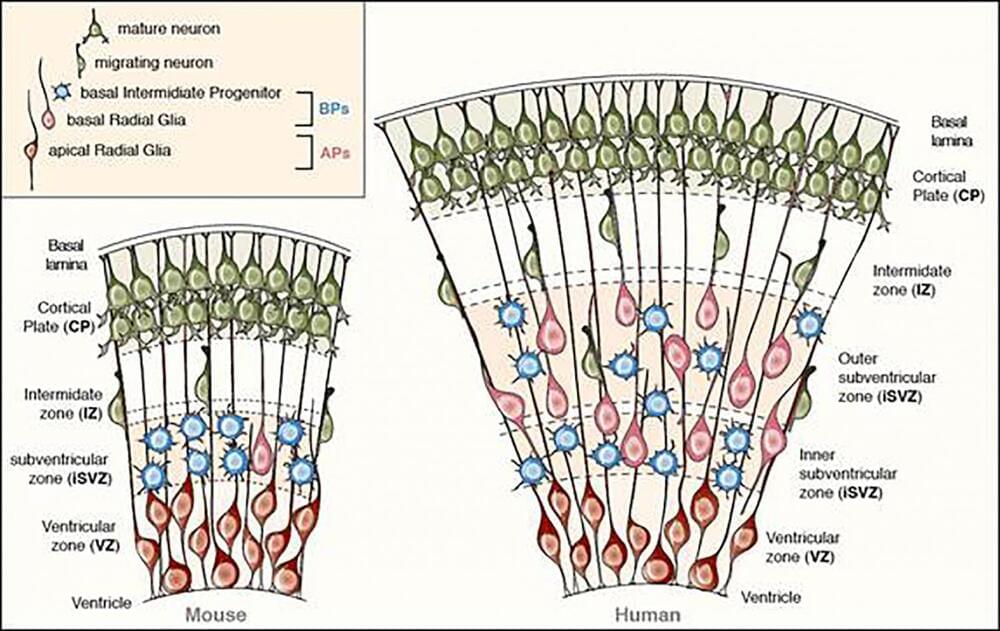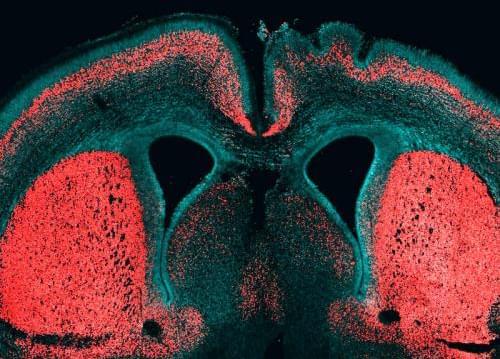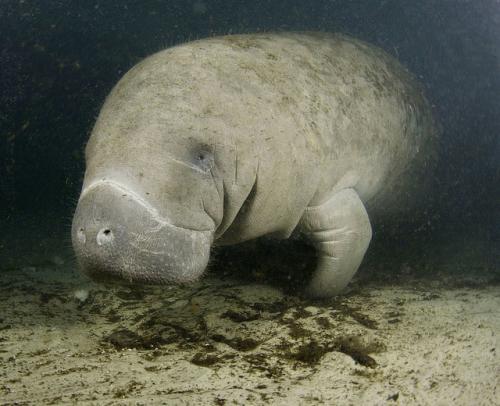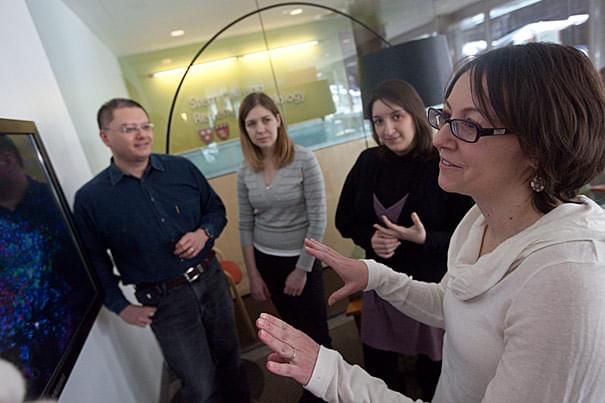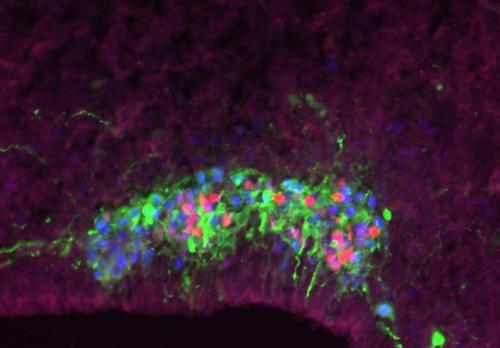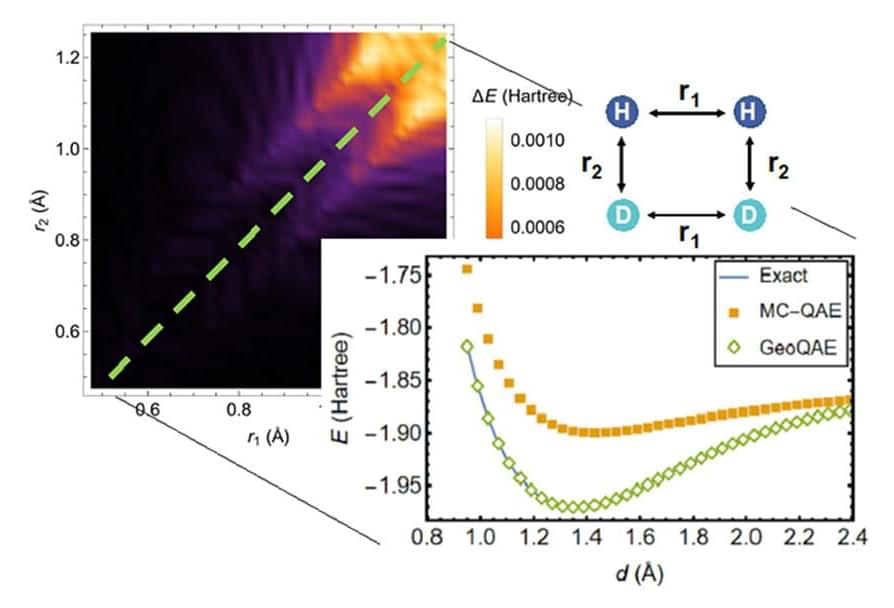American physicist, professor of theoretical physics at Stanford University, and founding director of the Stanford Institute for Theoretical Physics, Leonard Susskind, explains black holes, quantum physics, general relativity and how they are intertwined.
Knowing how the laws of physics behave at the extremes of space and time, near a black hole, is an important piece of the puzzle we must obtain if we are to understand how the universe works. Leonard Susskind explains how general relativity and quantum mechanics are related.
There are four fundamental forces at work in the universe: the strong force, the weak force, the electromagnetic force, and the gravitational force. They work over different ranges and have different strengths. Gravity is the weakest but it has an infinite range.
Three of the four fundamental forces of physics are described within the framework of quantum mechanics and quantum field theory. The current understanding of the fourth force, gravity, is based on Albert Einstein’s general theory of relativity, which is formulated within the entirely different framework of classical physics. However, that description is incomplete.
According to Susskind, quantum gravitational effects are extremely weak and therefore difficult to test.
Leonard Susskind and his colleges of theoretical physicists have forged a connection between wormholes in spacetime and a quantum phenomenon called entanglement. This could help physicists reconcile Einstein’s general theory of relativity and quantum mechanics.
